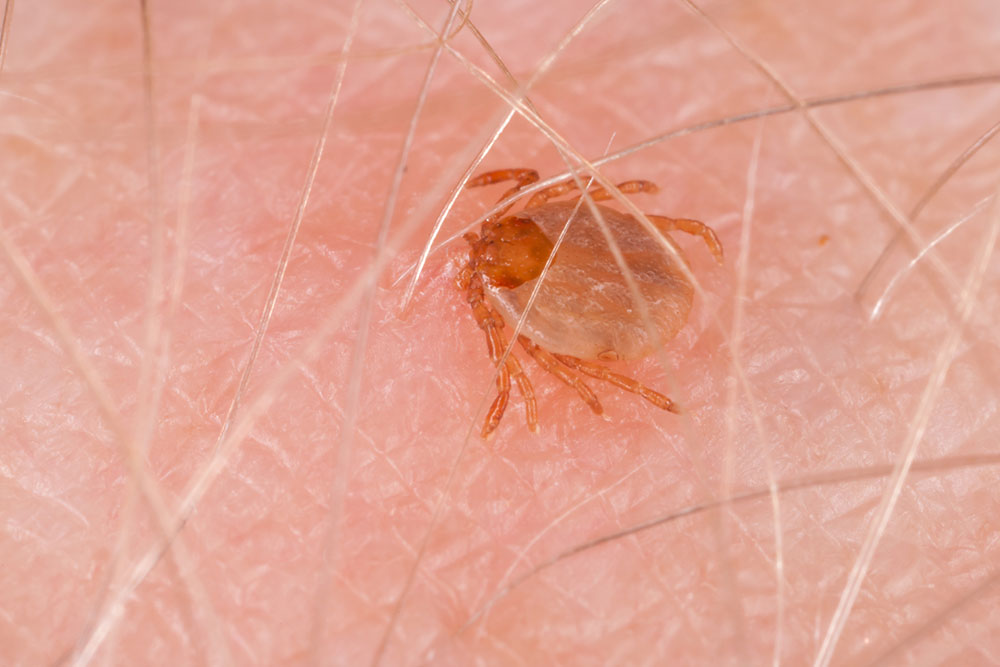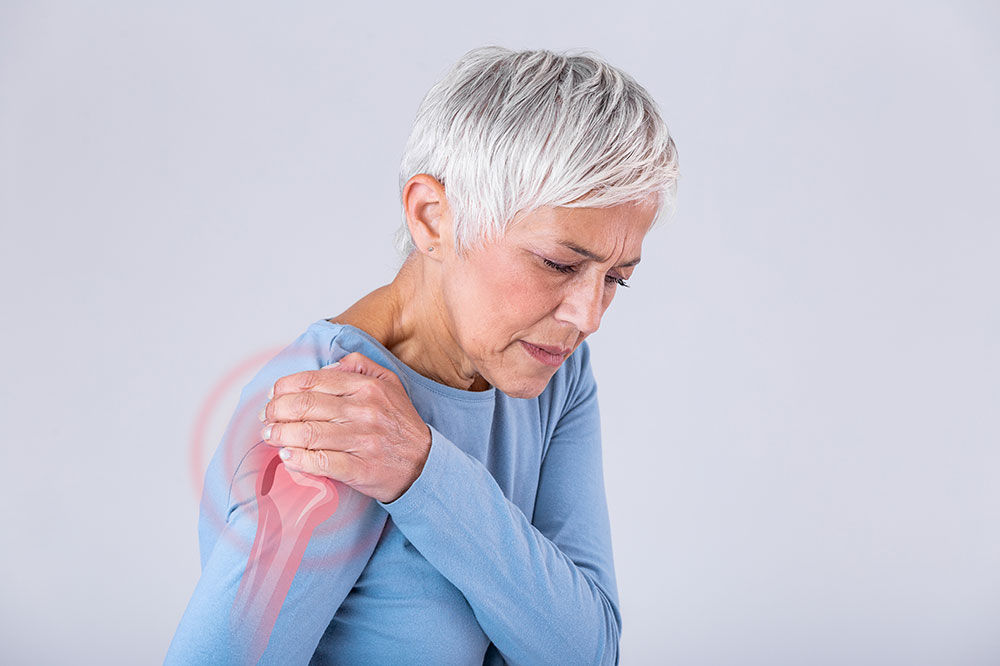Proven Methods to Prevent and Handle Tick-Borne Illnesses
This article offers practical strategies for preventing and managing tick-borne diseases. It highlights signs, symptoms, proper removal techniques, and preventive tips to reduce infection risks. Early detection and timely medical intervention are emphasized for effective treatment. The guide aims to educate the public on ticks' health threats and promote proactive protective measures during outdoor activities.

Effective Approaches to Combat Tick-Transmitted Diseases
Ticks are tiny arachnids that feed on blood and are responsible for spreading numerous illnesses to humans. Their saliva can harbor microbes that cause health issues like Lyme disease, Ehrlichiosis, Babesiosis, Tularemia, Rocky Mountain spotted fever, and Colorado tick fever. A bite may cause a rash or flu-like symptoms. Prompt medical intervention for proper diagnosis and treatment is critical to prevent complications, especially if symptoms like fever, rash, or paralysis appear.
Because tick bites are often unnoticed, symptoms can develop days later, making awareness vital. Some infected individuals only experience mild symptoms similar to the flu without visible signs.
Common Signs of Tick-Related Illnesses
Fever and chills
Headaches and muscle soreness
Loss of sensation or weakness
Neck stiffness
Joint discomfort and swelling
Skin rashes (vary depending on the disease)
Nausea and vomiting
Swollen lymph nodes
Difficulty breathing
If you experience persistent symptoms or notice a rash after a tick bite, seek medical attention promptly, especially if you are pregnant or immunocompromised.
If the tick is not fully removed or parts remain embedded.
If symptoms like fever, headache, or rash appear after a bite.
Individuals with weakened immune systems should consult a doctor after bites.
Pregnant women should seek medical advice before treatment.
Managing Tick-Borne Diseases
Effective treatment varies based on the specific pathogen. Proper removal of the tick involves these steps:
Use tweezers or a tick removal tool immediately.
Grasp the tick close to the mouth and pull steadily outward.
Ensure complete extraction and remove any remaining parts.
Avoid twisting or squeezing the tick during removal.
Handle the tick with gloves or tools—not bare hands.
Do not apply nail polish or heat, as it may cause regurgitation.
Place the tick in a container to show your healthcare provider.
Cleanse the bite area with soap, warm water, and disinfect with alcohol.
Even if symptoms improve, consult a healthcare professional. Showing the tick can help with accurate diagnosis, and antibiotics or topical treatments may be prescribed to prevent infections.
Preventive Measures Against Tick Diseases
Wear protective clothing—long sleeves and pants—when in grassy or wooded zones.
Use cleared trails during outdoor activities.
Shower and perform thorough body checks afterward.
Apply tick repellents with at least 20% DEET.
Focus on areas like behind ears, underarms, knees, and between legs.
Remember, ticks generally need over 24 hours to transmit diseases. Early removal greatly lowers the risk of illness and symptoms.
Note:
The goal of this information is to educate on tick-borne diseases and prevention. It is not a substitute for professional medical advice. Always consult healthcare providers for proper diagnosis and treatment. The website does not assume responsibility for inaccuracies or unlisted treatments; seek personalized medical guidance.


